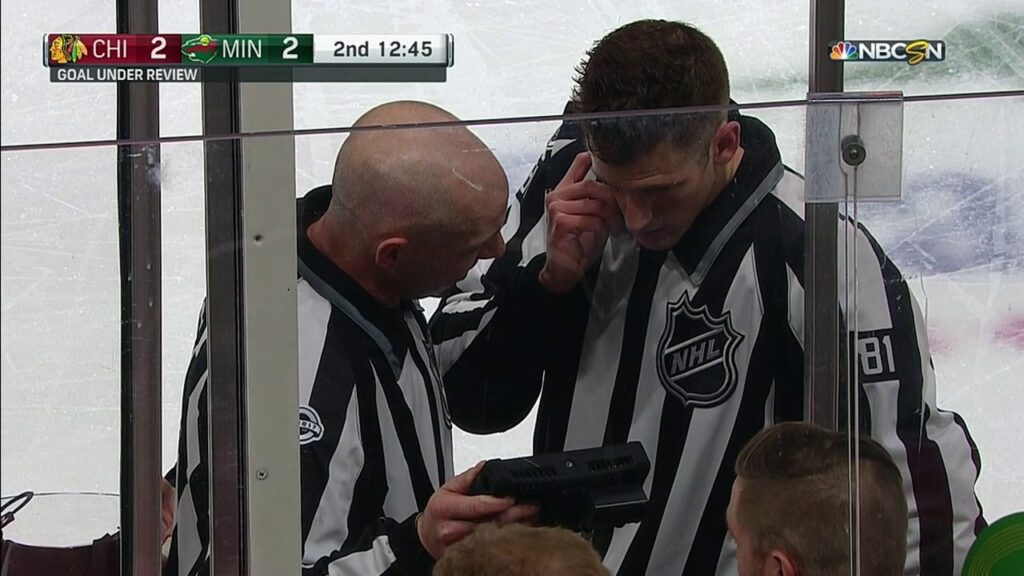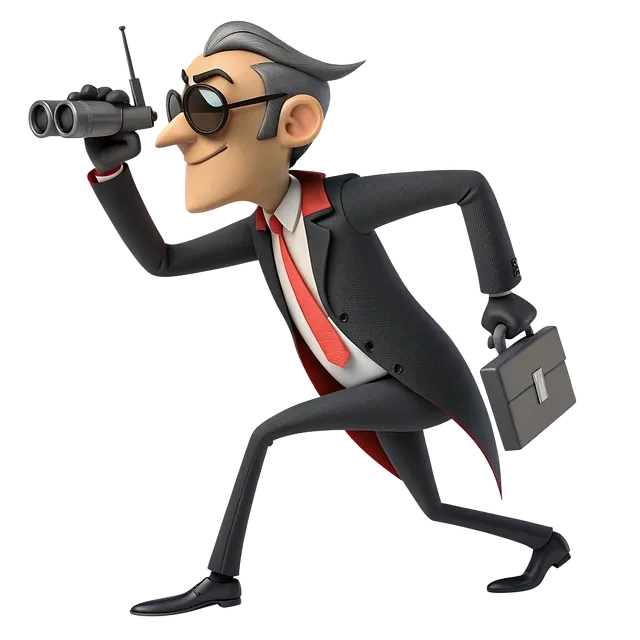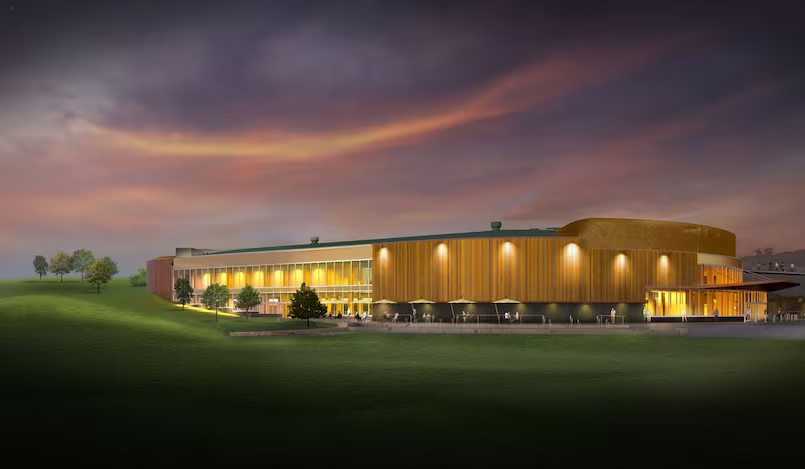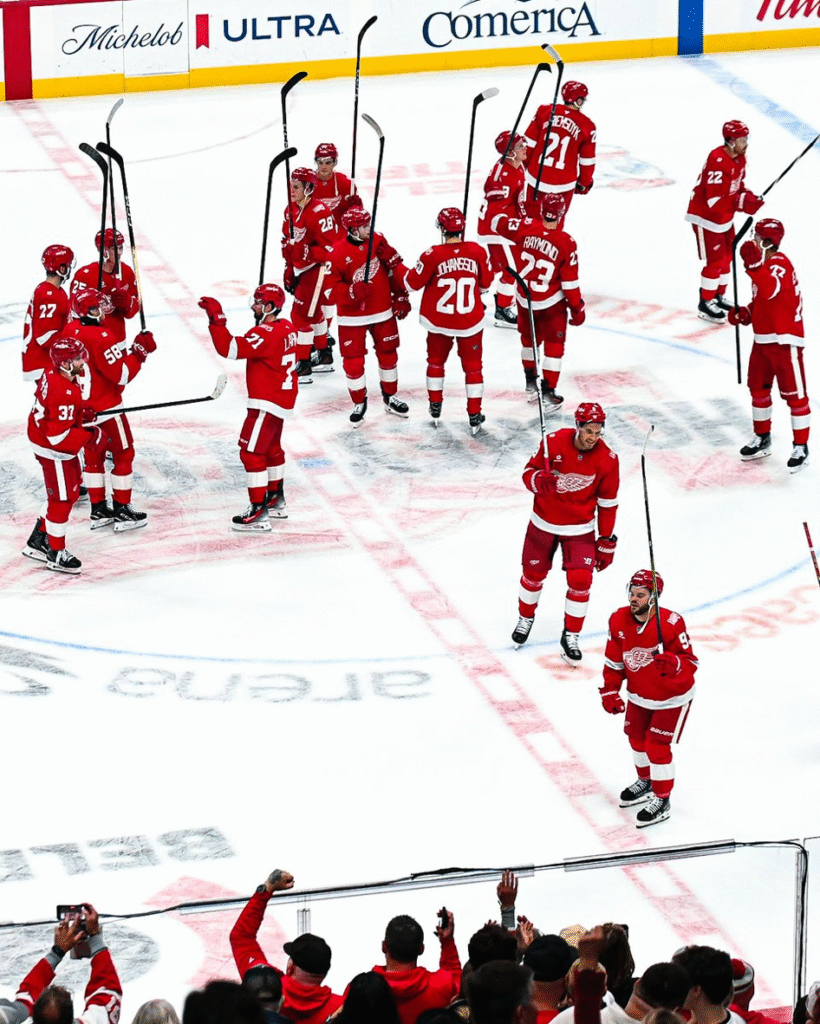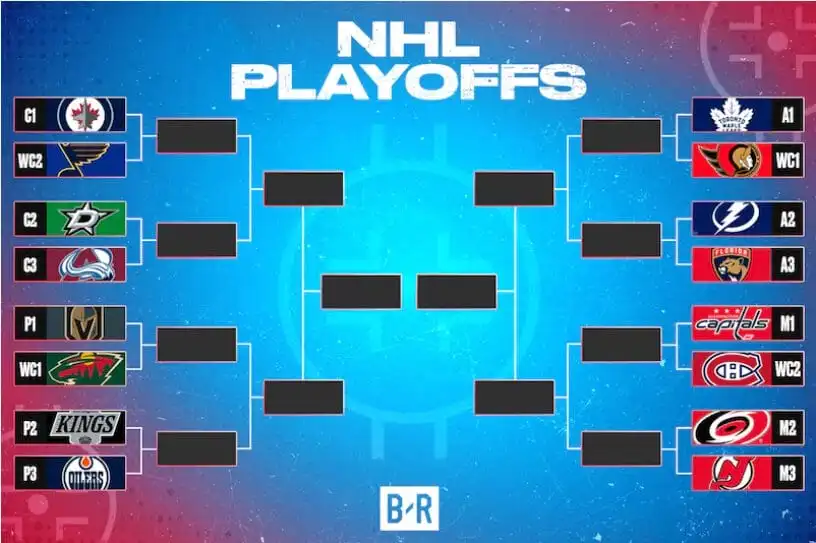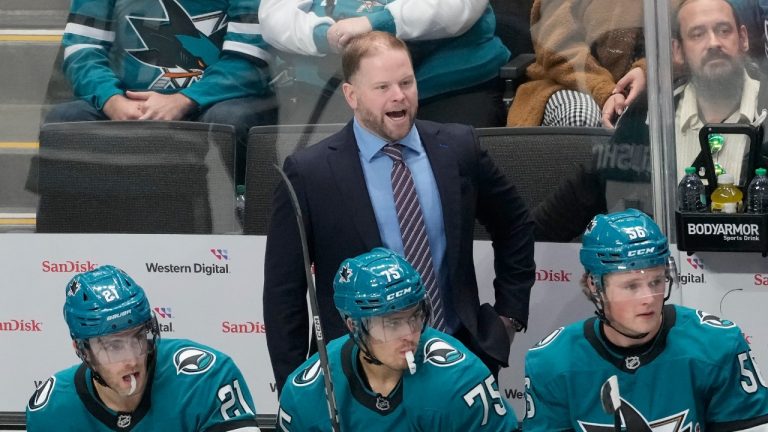Major League Baseball umpires endure it—on a regular basis. No, we’re not talking about vocal fan abuse (although that happens often), but rather about having their on-field decisions reversed by Major League Baseball’s Replay Operations Center, located in New York City.
No, it’s not a trust issue. It’s all about their centralized hub, which can access multiple camera angles in high definition to reach the proper outcome. Many of these heat-of-the-battle judgment calls come down to an inch here, a split second there—possibly even a single frozen video frame when repeated slow-motion viewings fail to solve the riddle.
Why, then, does the NHL allow its on-ice officials to self-police their own judgment calls after a coach’s challenge? Oh sure, they can consult the NHL’s Situation Room for a second look, but in the end, they laughably rely on a tiny hand-held tablet to help save face. The whole setup reeks of potential bias, technical limitations, and inconsistent rulings.
Then again, the NHL has a history of coming up short when it comes to its various hockey-related departments. Look no further than the laughable Department of Player Safety, which should undoubtedly be renamed the Department of Occasional Player Safety—at least until former NHL enforcer/goon and current department head George Parros is replaced.
Parros is regularly mocked on both social media and in the traditional hockey media for his often-shocking, slap-on-the-wrist rulings that make it clear the victim is always to blame. Having spent his entire career trying to scramble opponents’ brains, it takes a lot before Parros is prepared to hand out real justice.
In both situations—referee reviews and player-discipline decisions—the NHL’s only responsibility is to get it right. Not occasionally—every time. Letting referees evaluate their own calls, and letting a former NHL penalty king oversee player-safety issues, is akin to hiring Bonnie and Clyde to guard the bank.

